In 2013, actress Angelina Jolie made a life-changing decision after discovering she carried a genetic mutation in the BRCA1 gene—a mutation that significantly increased her risk of developing breast and ovarian cancer. Given a family history of cancer which had claimed the lives of her grandmother, mother, and aunt, Jolie chose to undergo a preventive double mastectomy, followed by the removal of her ovaries and fallopian tubes. Her story brought global attention to the power of genetic mutations in driving cancer, highlighting the importance of genetic testing and early intervention. Jolie’s experience underscores how a single mutation can set the stage for cancer, transforming the course of a person’s life and sparking a broader conversation about prevention and awareness.

Cancer, at its core, begins with a single, tiny event—a mutation. This microscopic change in a cell’s DNA starts a chain reaction that can lead to one of the most complex and deadly diseases known to man. Every cell in our body carries a blueprint in the form of DNA that guides how it should grow, divide, and function. But when this blueprint gets altered or damaged, the very processes that sustain life can spiral out of control. This is how cancer begins—with a mutation.
The Role of DNA in Cell Function
To understand how cancer starts, it’s essential to first grasp the role of DNA in our cells. DNA, or deoxyribonucleic acid, is the molecule that contains the genetic information for the development, function, and reproduction of living organisms. Imagine DNA as a long, twisted ladder made up of sequences of nucleotides—adenine (A), thymine (T), cytosine (C), and guanine (G). These nucleotides are like letters, arranged in a specific order to form genes, which carry the instructions for making proteins.
Proteins are the workhorses of our cells. They regulate everything from cell growth and division to the repair of damaged tissues. The integrity of our DNA is crucial for the normal functioning of our cells. However, every time a cell divides, it must replicate its DNA so that each new cell has a complete set of instructions. During this replication process, errors can occur, leading to mutations.
What Is a Mutation?
A mutation is a change in the DNA sequence of an organism. Our DNA is constantly under threat from both internal and external forces, like UV radiation from the sun or harmful chemicals. When these threats cause changes or errors in the DNA, mutations occur.
However, mutations occur constantly in our cells, but most do not affect our health. There are many reasons why mutations usually don’t have major consequences. One reason is that our cells have repair systems that fix these errors quickly, so there’s not enough time for them to cause problems. But if the repair mechanisms fail, or if the mutation occurs in a critical region of the DNA, it can set off a chain reaction that leads to cancer.
Types of Mutations
Mutations can take various forms, and each type can have a different impact on a cell’s behavior. The most common types include:
- Point Mutations: Changes in a single nucleotide base in the DNA sequence. They are like a single letter being swapped in a word. While point mutations might seem minor, they can have significant effects, such as altering critical amino acids in a protein and changing its function.
- Insertions and Deletions (Indels): Involves the addition or removal of one or more nucleotide bases, disrupting the DNA sequence and potentially leading to nonfunctional protein. Imagine this as adding or removing letters from a word, which can make the sentence unreadable.
- Copy Number Variations (CNVs): Mutations where parts of the genome are duplicated or deleted, similar to having multiple copies of the same page or losing some pages entirely. CNVs can lead to the overexpression or loss of key genes in the cell, which can contribute to cancer development.
- Chromosomal Rearrangements: Large-scale changes in the arrangement of chromosomes, like rearranging entire chapters in a book. This can create new, dangerous combinations of genes that drive cancer.

What Causes Mutation?
Mutations can arise in various ways. These sources include:
- Spontaneous Mutations: Occur naturally during DNA replication. As cells divide, their DNA is copied, and errors can sometimes slip through the cellular machinery’s proofreading processes.
- Environmental Factors: Mutations that occur during a person’s lifetime, known as somatic mutation can be influenced by environmental and lifestyle factors :
- Chemical Carcinogens: Substances like tobacco smoke, asbestos, and certain industrial chemicals can cause DNA damage.
- Radiation: Ultraviolet(UV) light from the sun and ionizing radiation from medical imaging and nuclear materials can lead to mutations.–
- Infectious Agents: Some viruses, such as human papillomavirus (HPV) and hepatitis B and C, can integrate their genetic material into the host’s DNA, causing mutations.
- Inherited Mutations: Some mutations are passed down from parents to offspring, known as germline mutations. These hereditary mutations are present in every cell of the body and can predispose individuals to certain types of cancer.
Mutations in Cancer
Not all mutations contribute to the development of cancer. They can be classified into several categories:
- Driver Mutations: These are the critical mutations that fuel the growth of cancer, like a held-down accelerator in a car. They occur in key genes that regulate cell growth and division, giving the cell a growth advantage that leads to uncontrolled proliferation and the eventual development of tumors.
- Passenger Mutations: These occur randomly in the genome and do not directly contribute to cancer but accumulate as the disease progresses. They act like background noise- present but not causing harm- although their accumulation adds to the complexity of the disease.
- Promoter Mutations: Affect the regulation of gene activity rather than the gene’s protein-coding sequence-they don’t change the part of a gene that makes a protein but instead affect how much a gene is turned on or off. They occur in the promoter regions of genes that control gene activation. These mutations can lead to over- or under-expression of genes, causing uncontrolled cell growth and division, and are just as important in driving cancer.
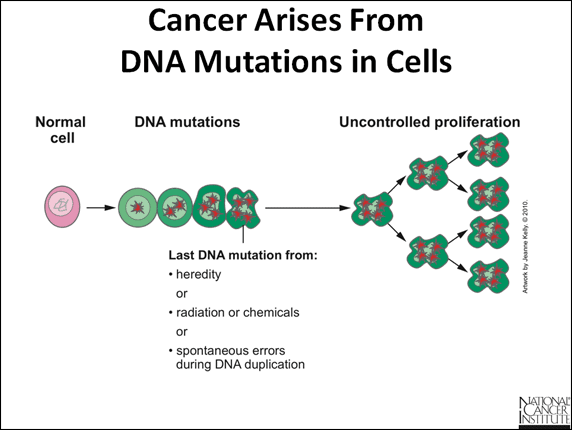
Key Genes in Cancer
Mutations in certain genes are critical in cancer development:
- Oncogenes: Genes that, when mutated, can drive uncontrolled cell growth. In their normal state, called proto-oncogenes, they regulate cell growth and division. When mutated, they act like a gas pedal stuck in the “on” position, causing uncontrolled cell growth.
- Tumor Suppressor Genes: Act as brakes on cell division. When mutated, these brakes fail, leading to uncontrolled cell proliferation.
- DNA Repair Genes: Responsible for fixing damaged DNA, like a repair crew. When these genes are mutated, errors accumulate, raising cancer risk.
The Multi-Step Process of Cancer Development
Cancer develops through a multistep process, that often takes years or decades. This is why age is a significant risk factor; the longer we live, the more chances for mutations to accumulate. The transformation of a normal cell into a cancerous one, known as oncogenesis, involves several stages:
- Initiation: The initial mutation occurs, often in an oncogene or tumor suppressor gene.
- Promotion: Additional mutations accumulate, often triggered by environmental factors like smoking or chronic inflammation. These mutations promote uncontrolled cell growth and help the cell evade the body’s defenses.
- Progression: The mutated cells undergo further changes, enabling them to invade surrounding tissues and spread to other body parts(metastasis), making the cancer more challenging to treat.

Mutation and Cancer Prevention: Preventing Cancer at Its Source
Understanding how mutations lead to cancer provides critical insights into prevention strategies. Preventing the initial mutations that trigger cancer development can significantly reduce the burden of cancer globally. Key prevention strategies include:
- Vaccination: Vaccines against viruses like HPV and hepatitis B can prevent infections that may lead to cancer.
- Screening and Early Detection: Regular screenings, like mammograms (for breast cancer), colonoscopies (for colorectal cancer), or Pap smears (for cervical cancer), can detect cancer early when treatment is most treatable.
- Lifestyle Choices: Avoiding smoking, limiting alcohol, and protecting your skin from excessive sun can reduce the risk of mutations.
- Genetic Testing and Counseling: Individuals with a family history of cancer can benefit from genetic testing to identify mutations that increase cancer risk, while counseling provides guidance on preventive measures.
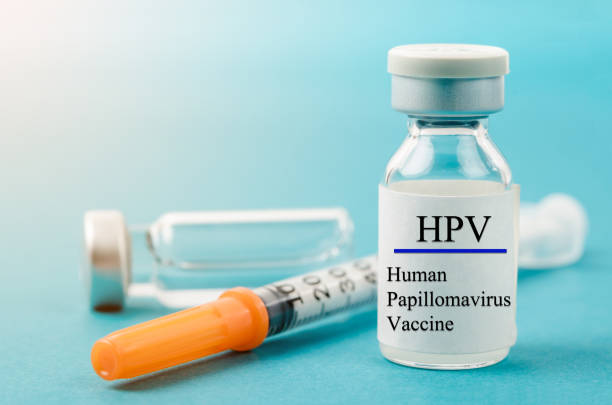
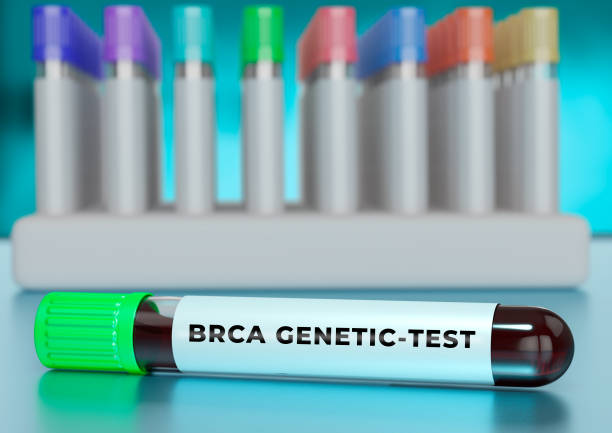
Conclusion: Understanding the Molecular Battle Against Cancer
Cancer is fundamentally a disease of the genome, driven by small DNA changes (mutations) that disrupt the balance of cell growth and division. By understanding these mutations, we can improve our ability to prevent, detect, and treat cancer. Advances in genomics and personalized medicine offer new tools and hope for tipping the balance toward health. By focusing on avoiding mutations and detecting cancer early, we move closer to a world where cancer is not just manageable but also rare.
This battle is about protecting the integrity of our DNA, ensuring that the blueprint of life remains free from the errors that can lead to cancer. With every discovery, we move closer to a future where the fight against cancer is one we can win.
Further Readings
•Bailey, M. H., Tokheim, C., Porta-Pardo, E., et al. (2018). Comprehensive characterization of cancer driver genes and mutations.
•Helleday, T., Eshtad, S., & Nik-Zainal, S. (2014). Mechanisms underlying mutational signatures in human cancers.
•Martincorena, I., & Campbell, P. J. (2015). Somatic mutation in cancer and normal cell.
•Cancer-specific High-throughput Annotation of Somatic Mutations: computational prediction of driver missense mutations. Hannah Carter., et al. (2009).
•Prediction of Cancer Driver Mutations in Protein Kinases Ali Torkamani., et al . (2008).

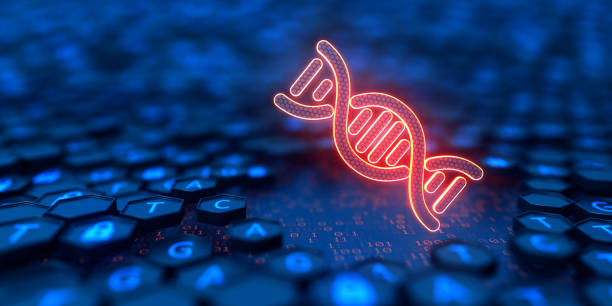
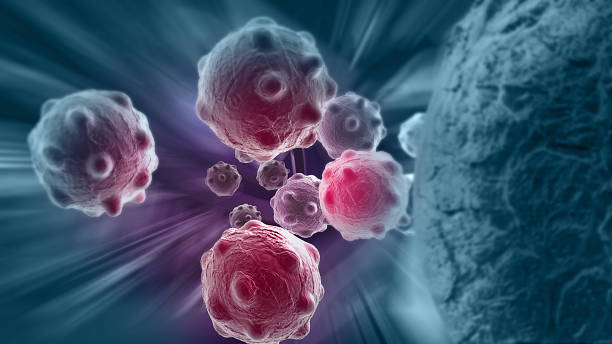
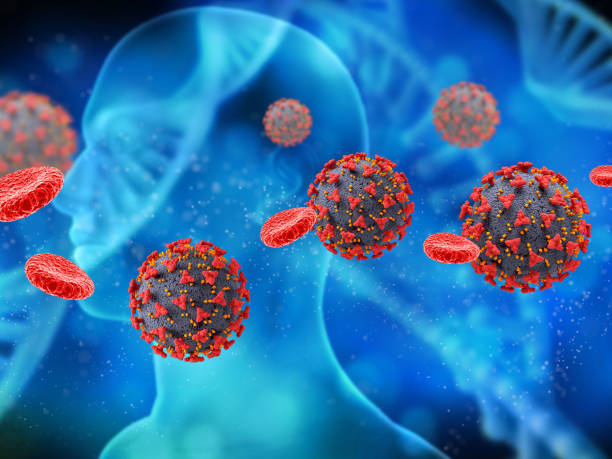
1 Comment
Very interesting. Even as a law student, I understood it. Keep it up 👏